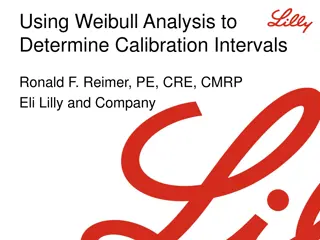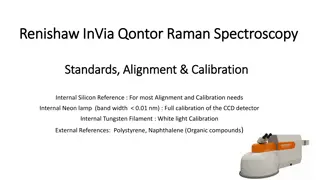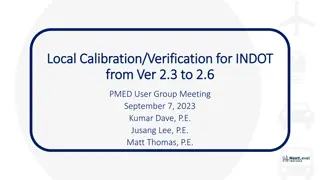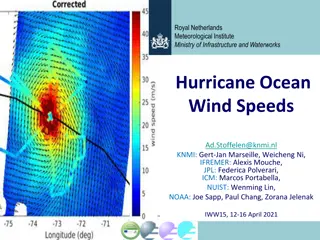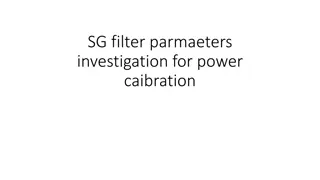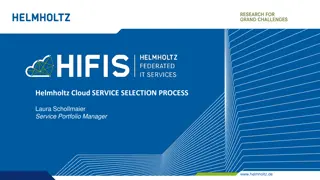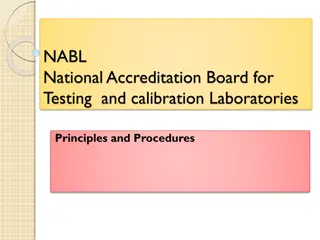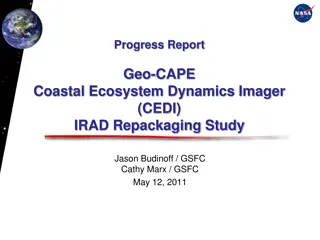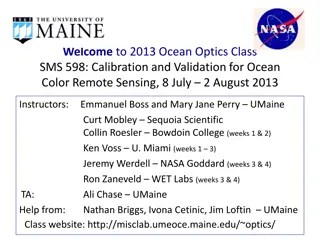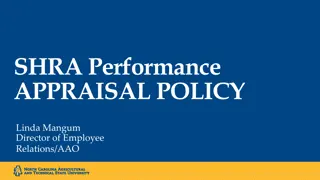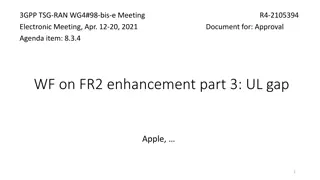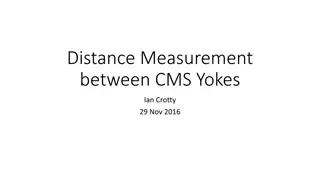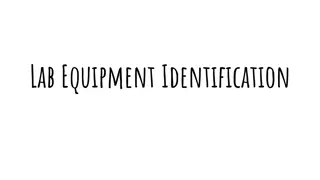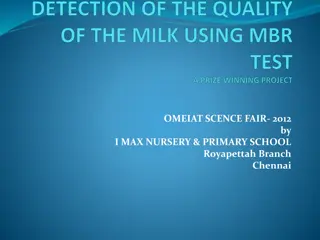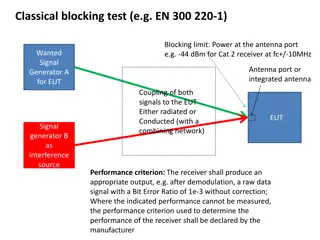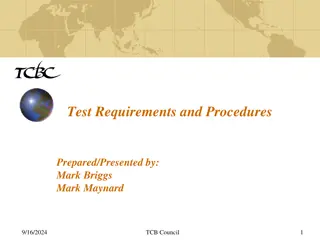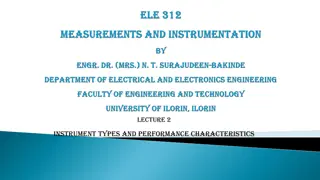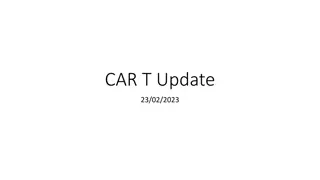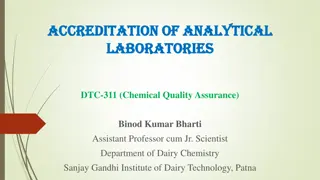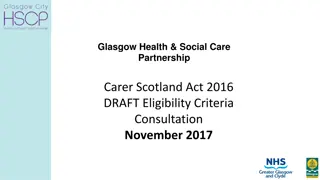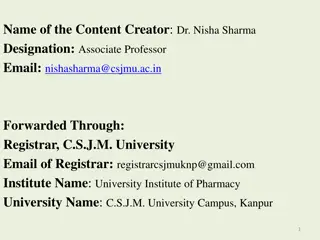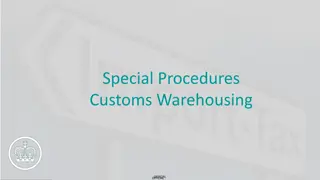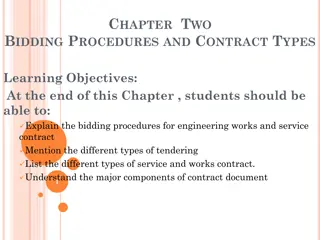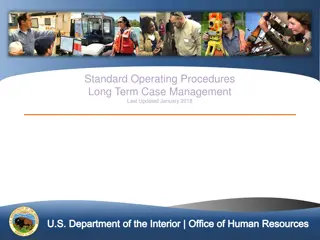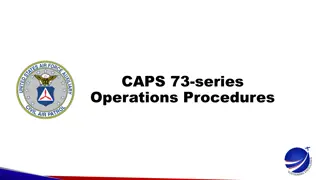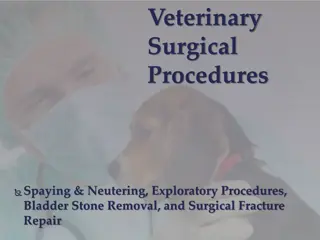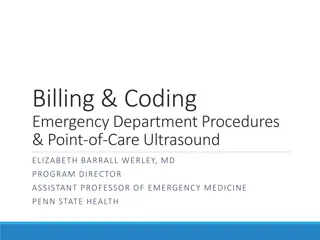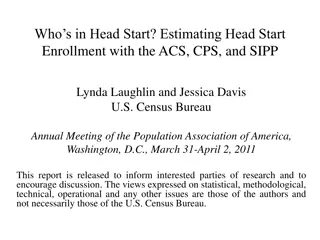Understanding Pipette Calibration Procedures and Criteria
Pipette calibration is essential for ensuring the accuracy and precision of volume measurements in laboratory settings. This process involves testing the maximum and minimum volumes, pre-wetting tips, and evaluating acceptance criteria for accuracy and precision. By following specific procedures such as adjusting the pipette volume, using fresh tips, and weighing water samples, technicians can maintain the quality and reliability of their pipettes for accurate scientific measurements.
Download Presentation

Please find below an Image/Link to download the presentation.
The content on the website is provided AS IS for your information and personal use only. It may not be sold, licensed, or shared on other websites without obtaining consent from the author. Download presentation by click this link. If you encounter any issues during the download, it is possible that the publisher has removed the file from their server.
E N D
Presentation Transcript
Pipette Calibration Procedure Pipette, water and balance Test the maximum volume or minimum volume Pre-wet tips Test 5 volumes per setting
The Best of Both Worlds Precision + Accuracy Precision Accuracy
Pipette Calibration Criteria Calibration Acceptance Criteria Accuracy (mean error): How close a measurement is to an accepted value. Difference between the dispensed mass and the selected volume of a pipette Precision (random error): Indicates how close together or how repeatable the pipette volumes are. A precise measuring instrument will give very nearly the same result each time it is used.
Averages for Sample Weights and Correction Factors Mean weight = sum of sample weights of samples number of samples Mean volume = (ave. weight + e) x Z of samples w = mean weight in mg v = mean volume ul e = evaporation rate in mg Z = factor for correction
Introduction to Calibration Activity You will be given a pipet to calibrate Calibration will be done by using the equation Density = Mass/volume Using a balance that can weigh up to 0.001mg Place a weigh boat on the balance and tare it
Calibration Activity Continued Adjust pipet to 100 ul volume Attach a fresh pipet tip to the end of the pipet Press the top button down until you meet resistance Place tip into water and slowly release button Now place water into weigh boat on balance Weigh the amount of water present to 1 mg
Calibration Acceptance Criteria Accuracy The closeness of a dispensed volume to the expected volume as set on the pipette It can be determined by how close the volumes measured are to the values expected volumes


